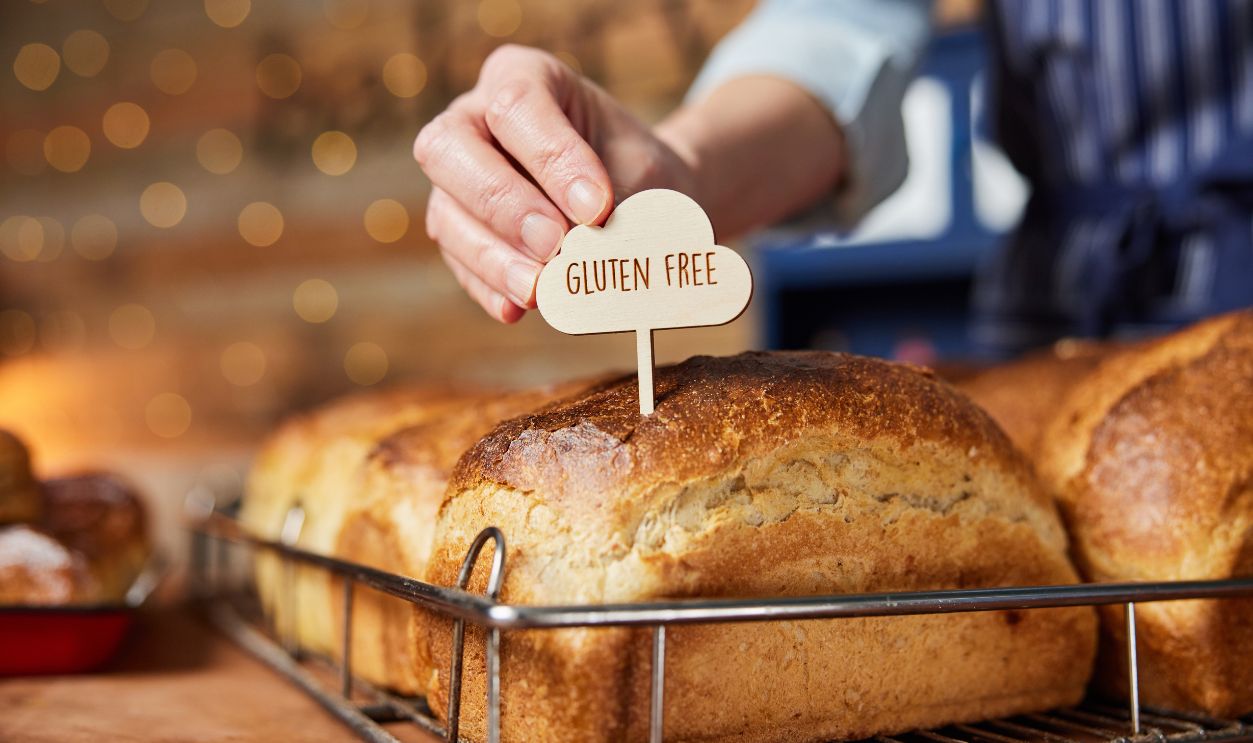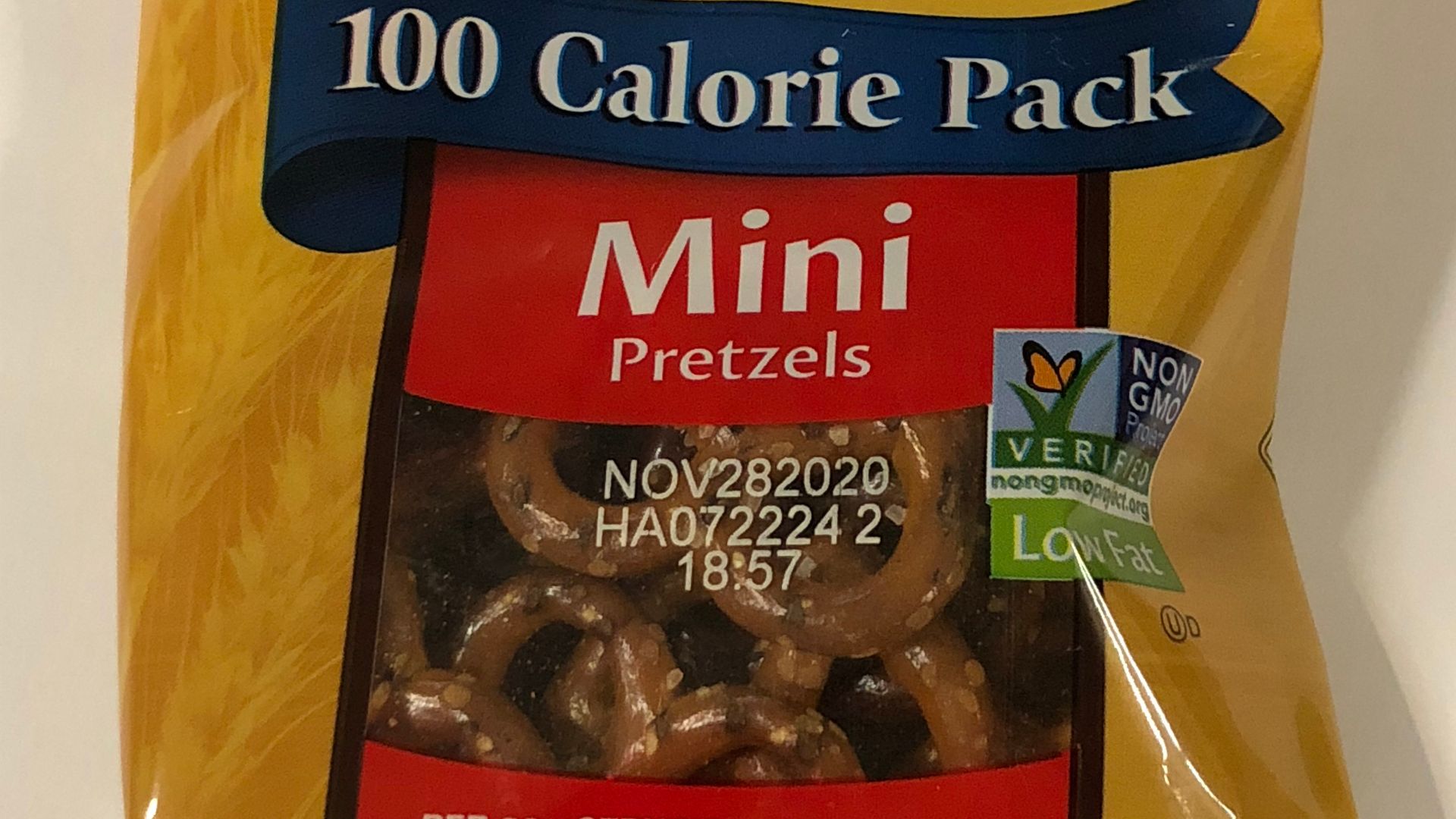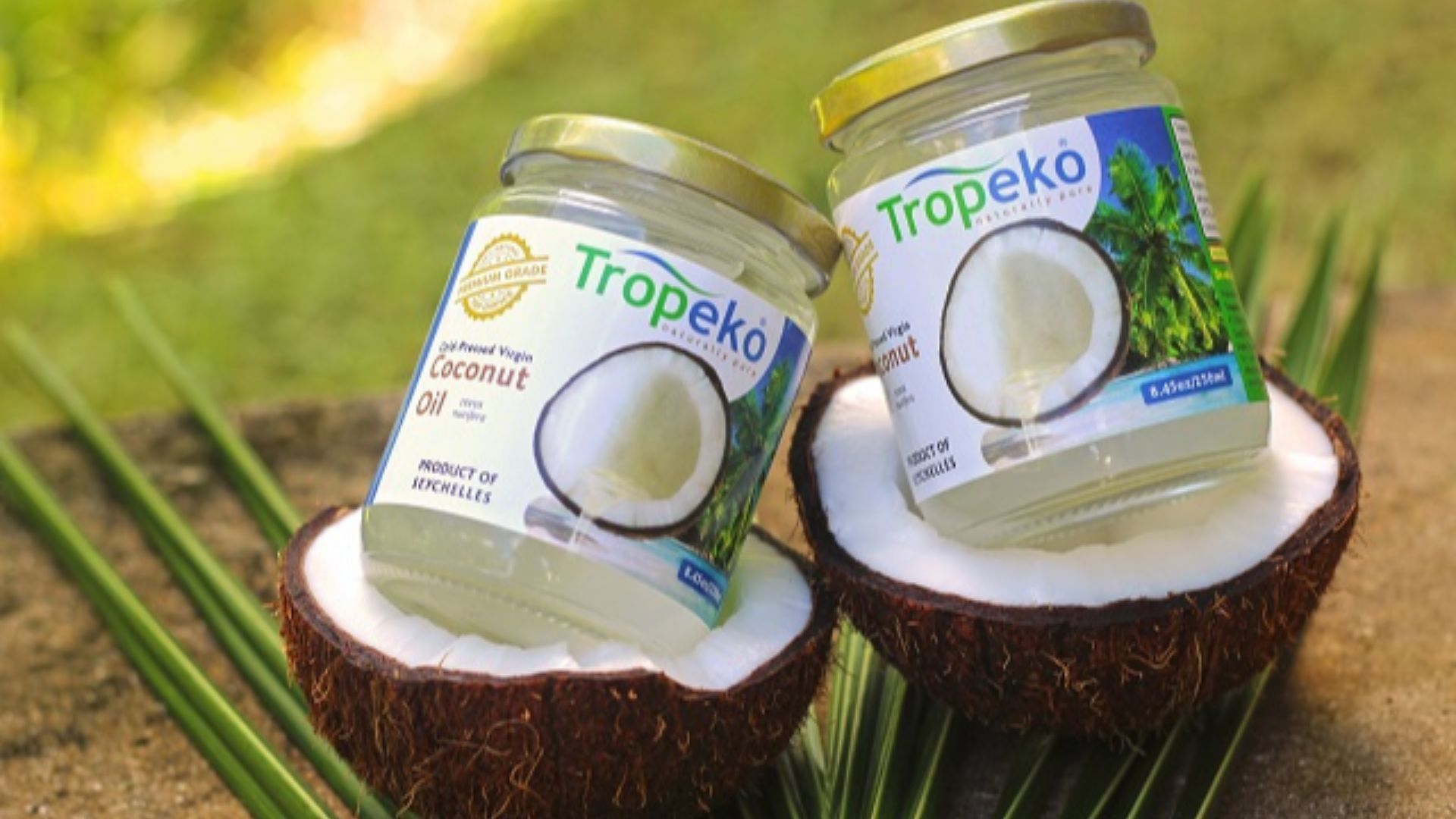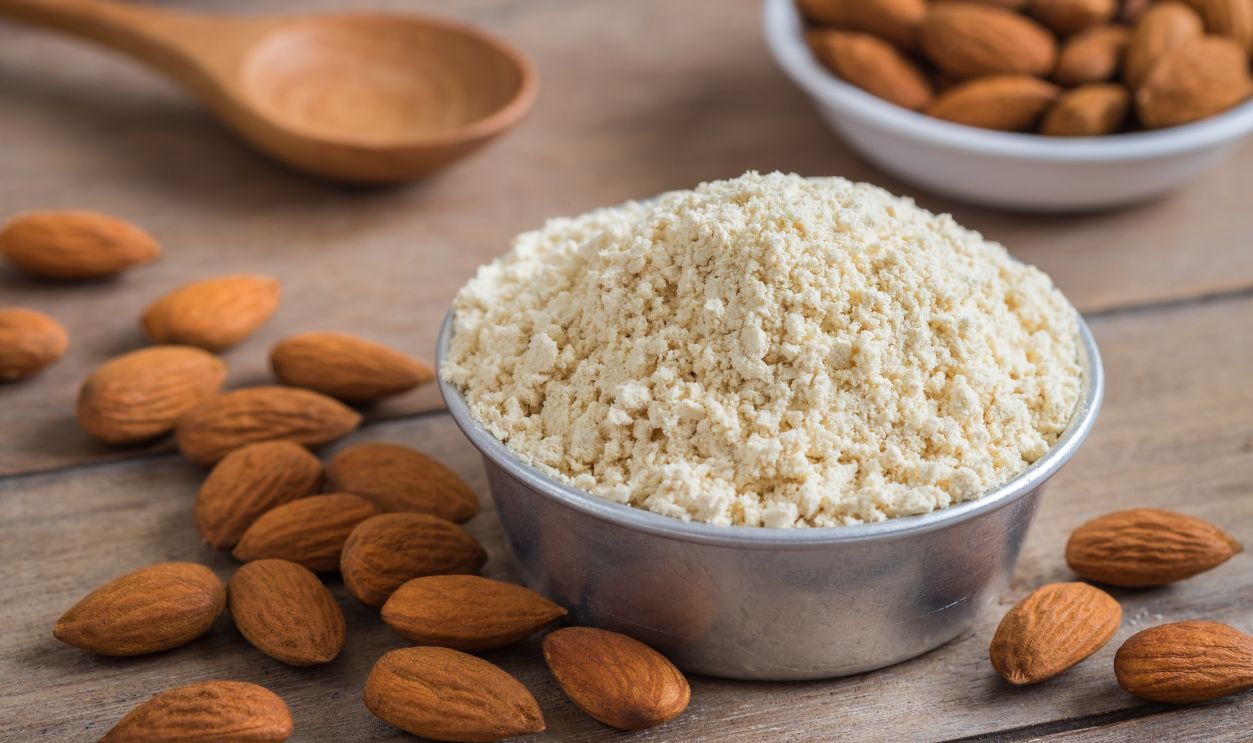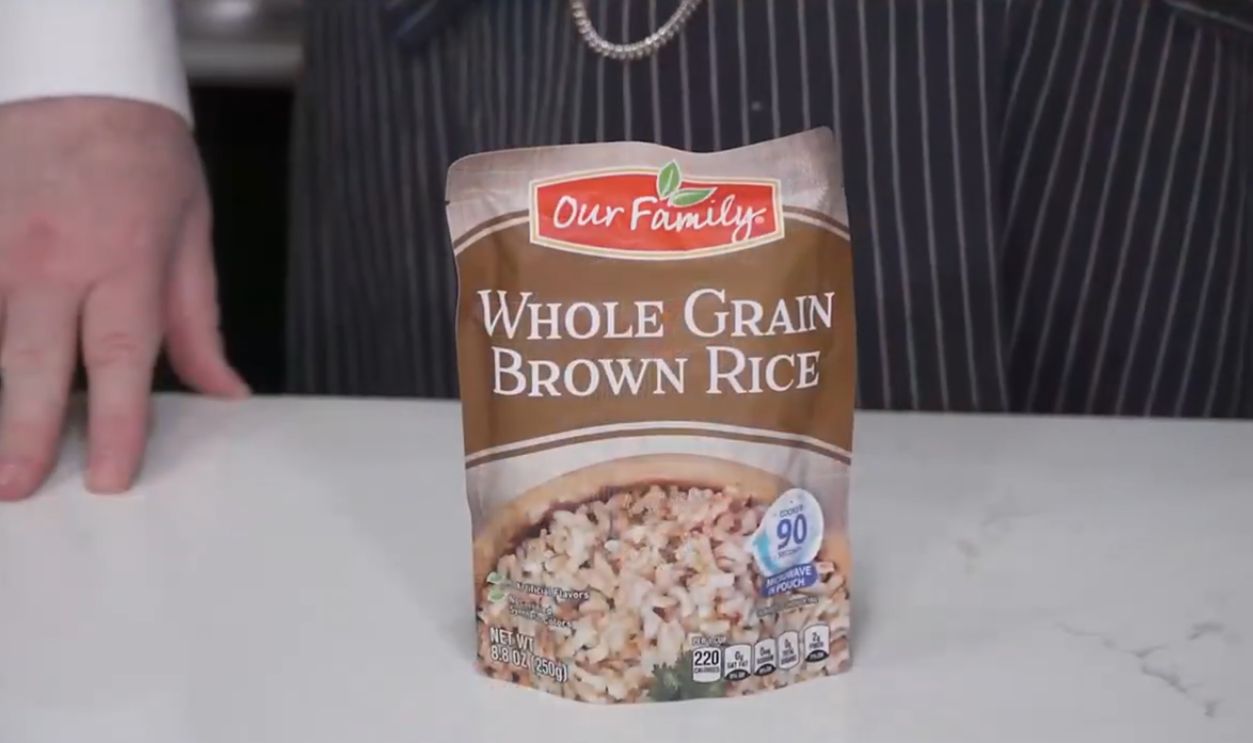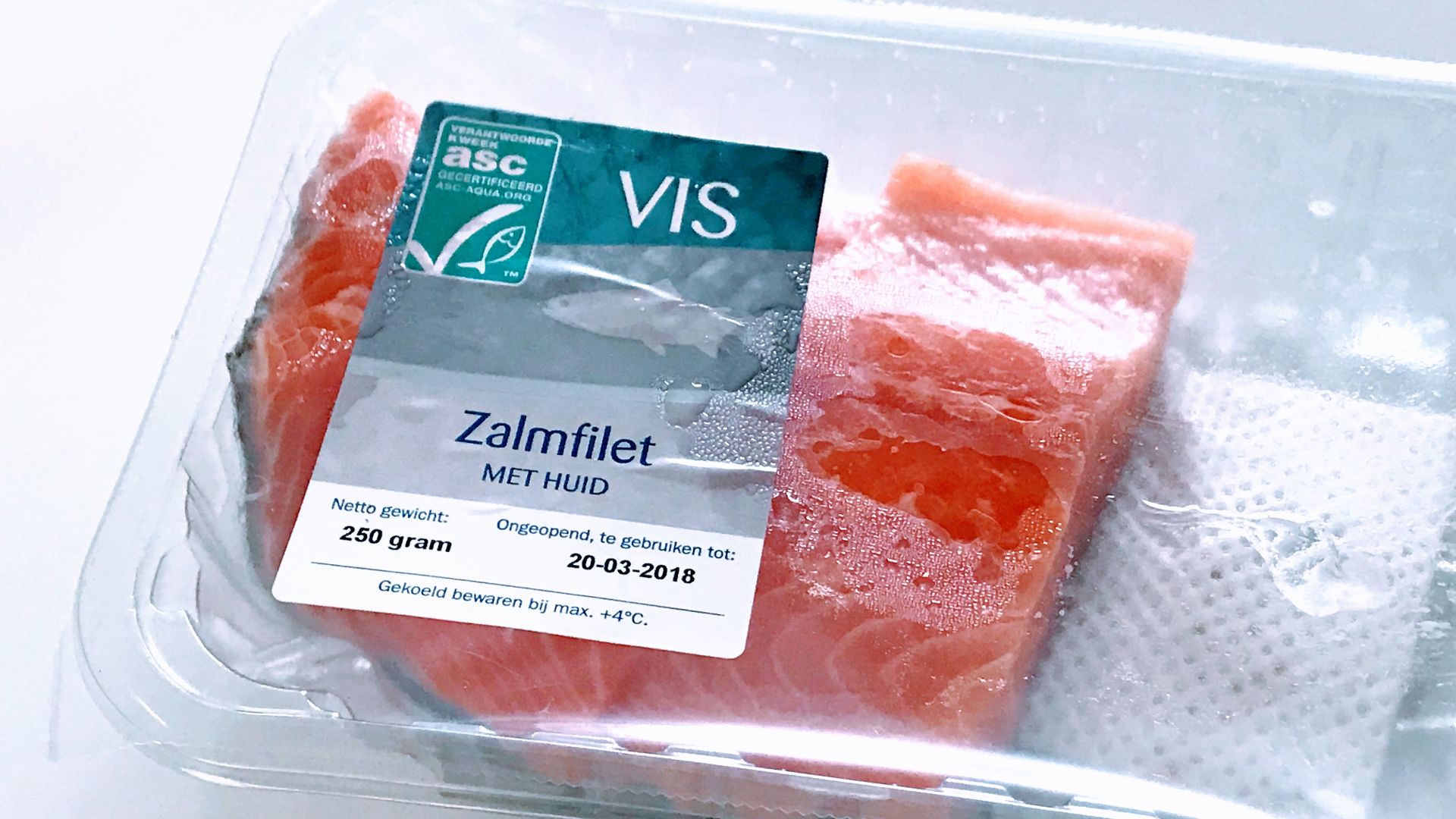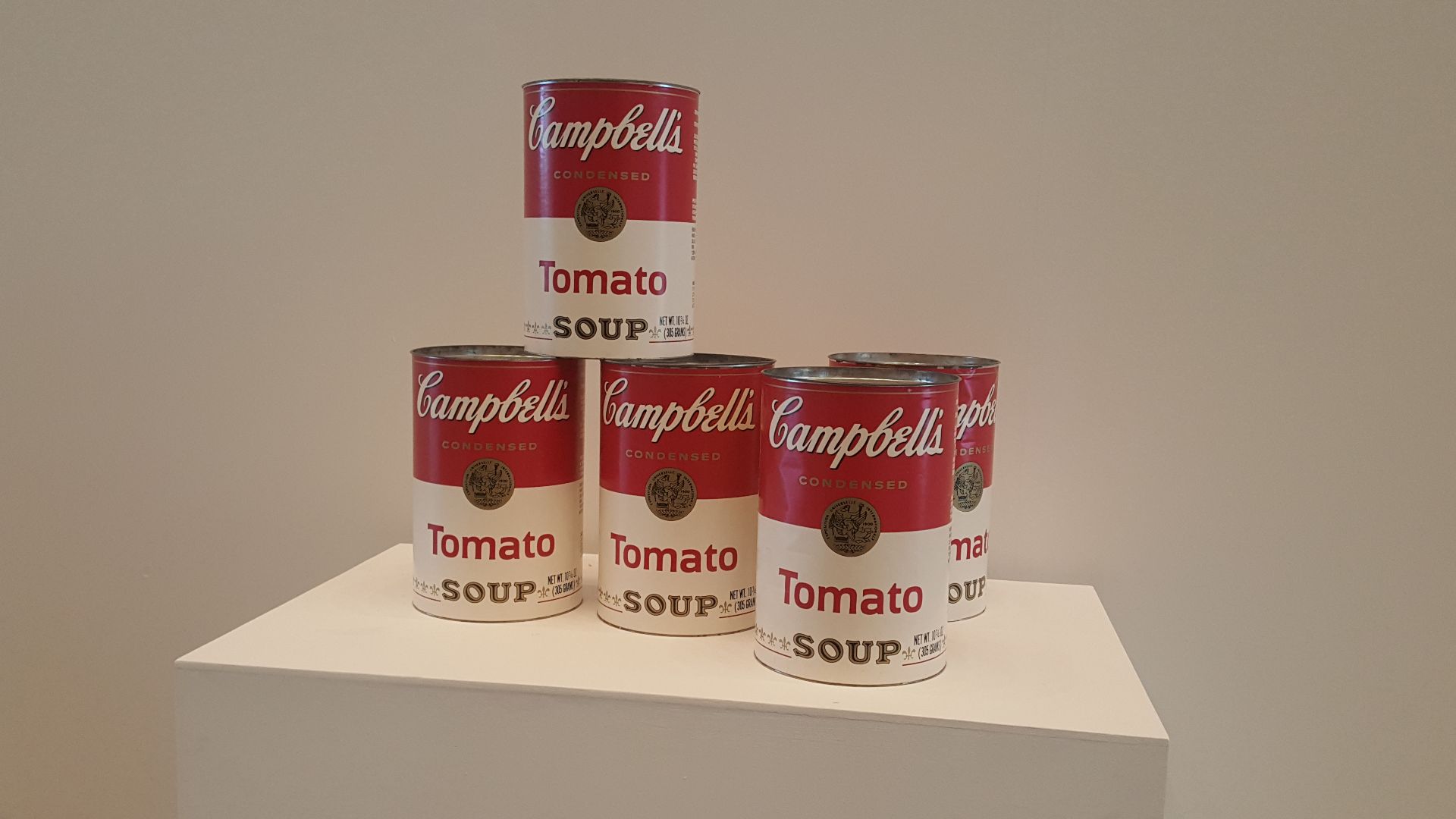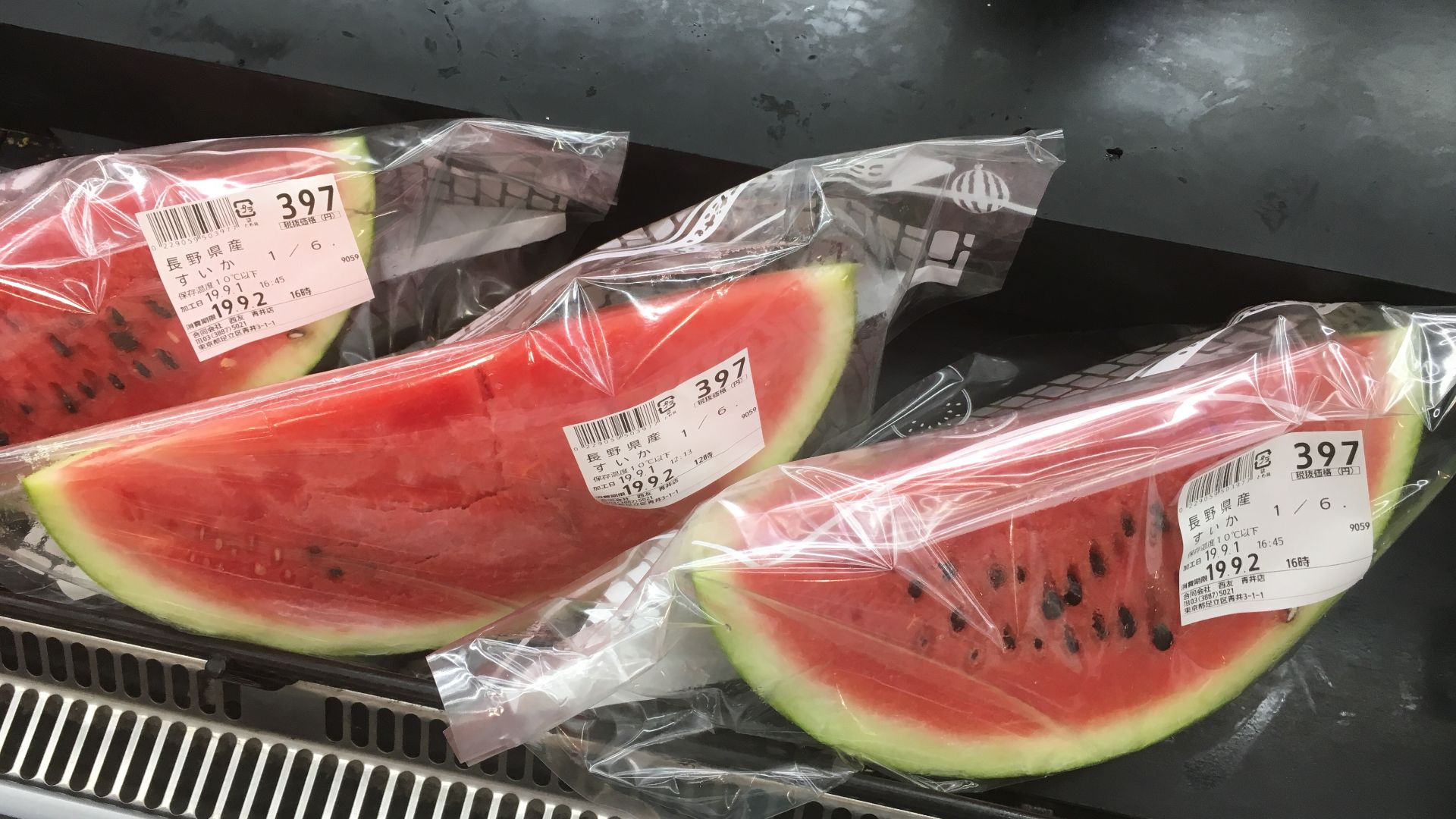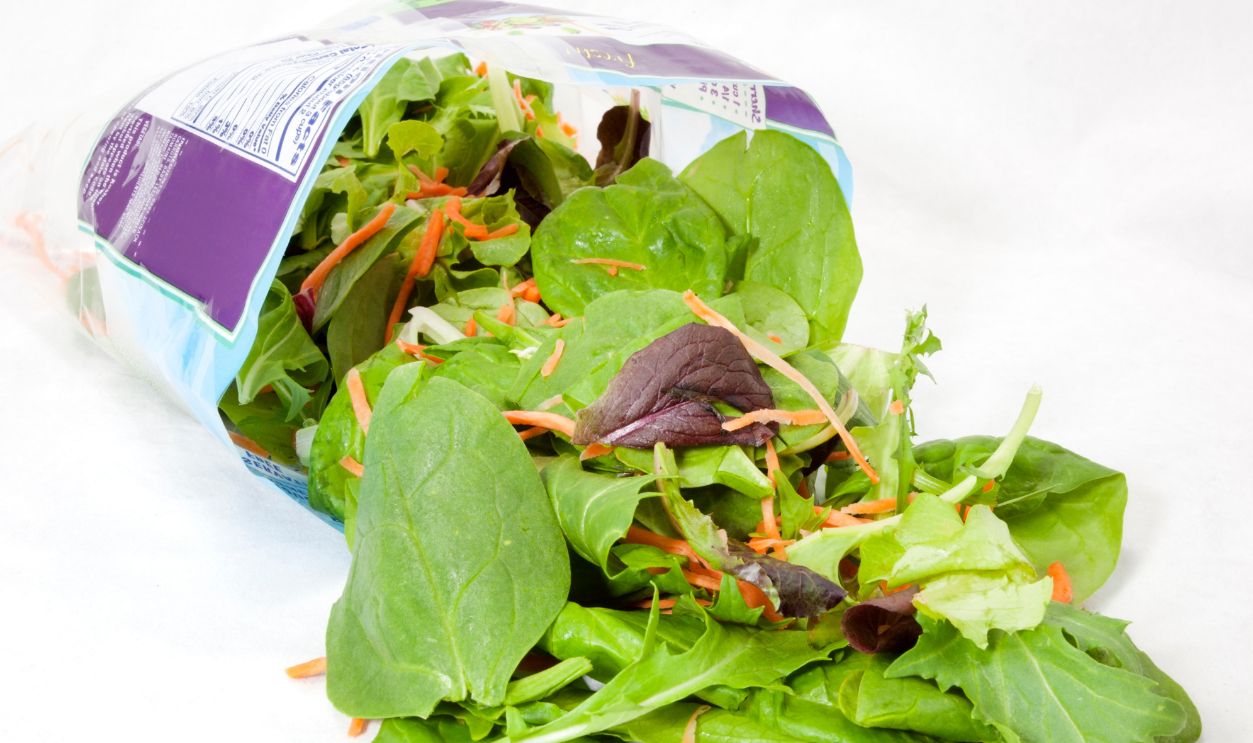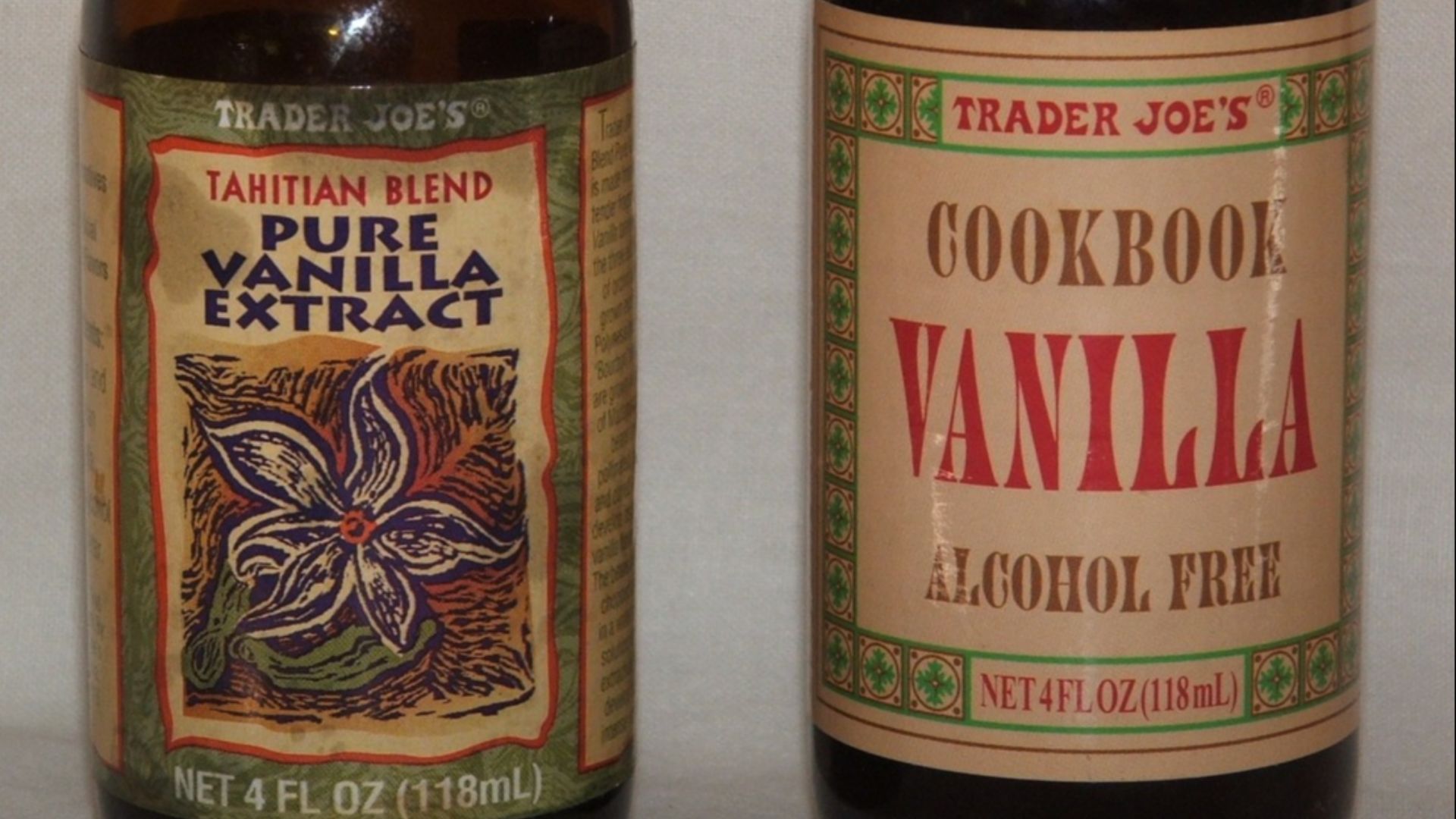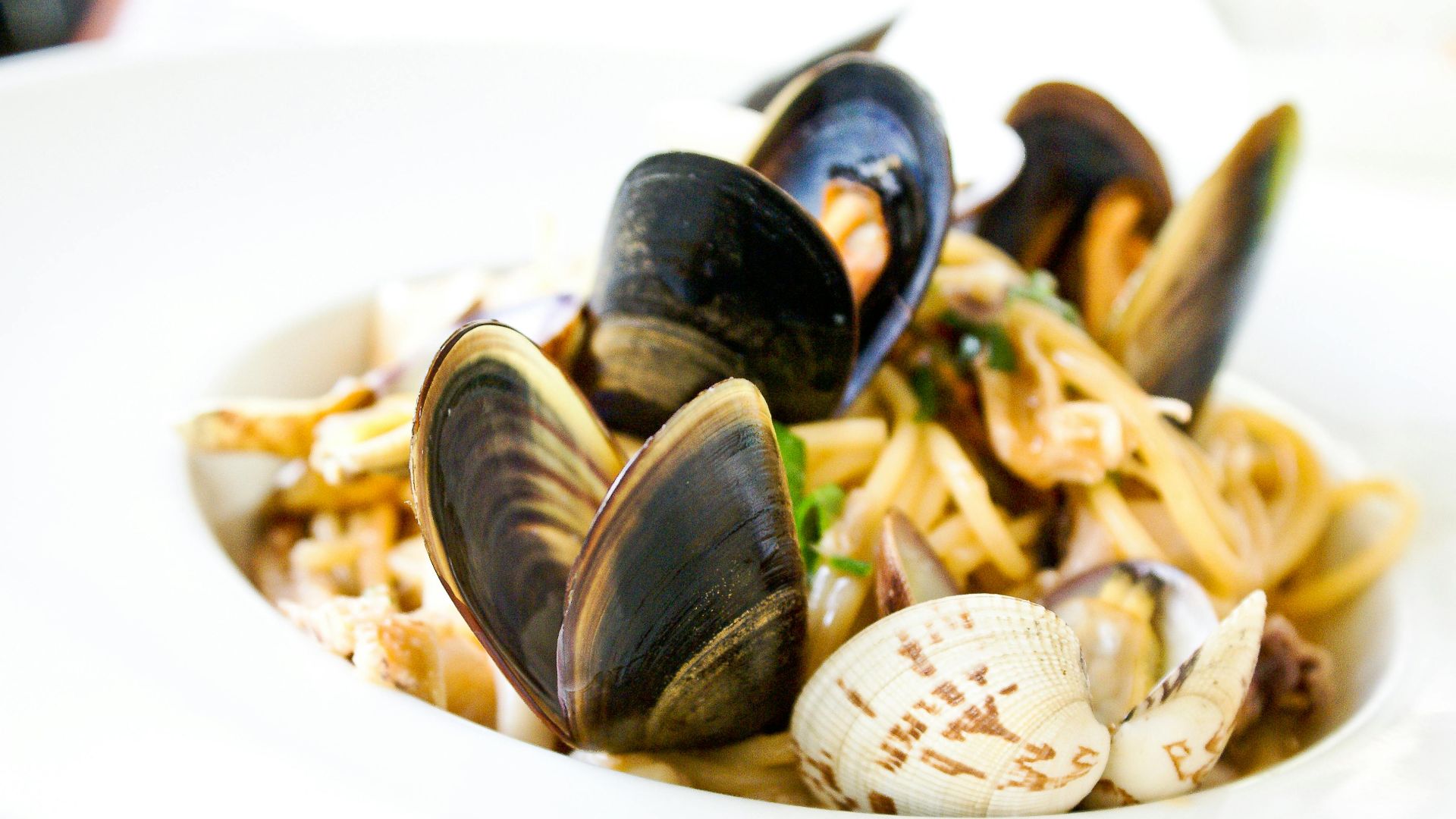What Shoppers Overpay For
Everyday items might cost more than they should, not because of rare ingredients, but because stores know what you’ll reach for without a second thought. Hidden behind convenience and smart packaging, they carry markups that many don’t question.

Ground Cinnamon
Despite its humble origin, ground cinnamon is often priced at a staggering premium. One pound can cost more than $7 according to Tridge, even though bulk cinnamon is a lot cheaper. Retailers rely on packaging and small sizing to drive up profit margins, especially in conventional supermarket spice aisles.
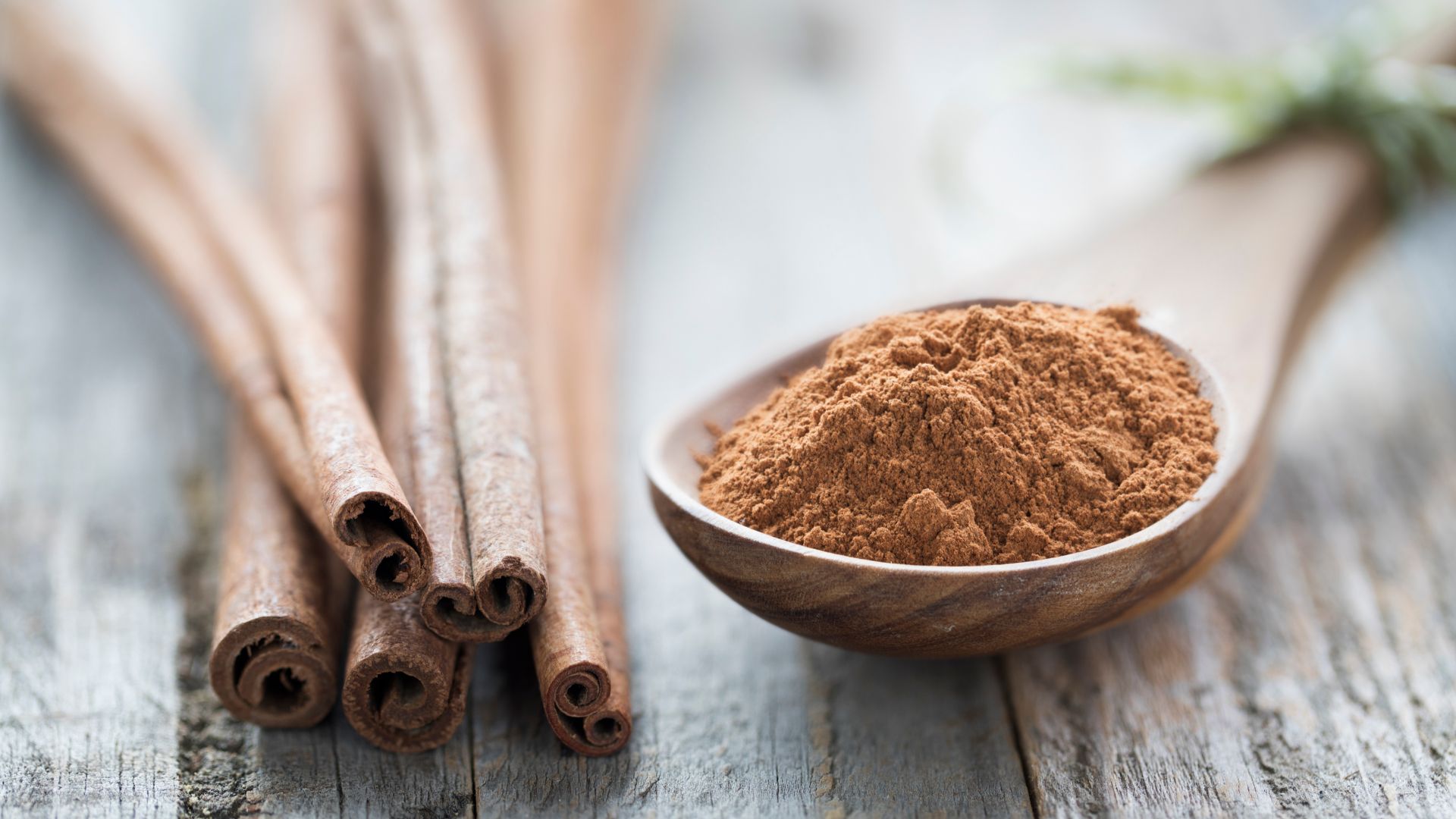 Kjokkenutstyr, Wikimedia Commons
Kjokkenutstyr, Wikimedia Commons
Grass-Fed Beef
Framed as a more natural and humane choice, grass-fed beef is positioned as a premium product. As per The Butcher Shoppe, it often sells for $2 to $3 more per pound than grain-fed cuts, not solely due to longer grazing periods or land use. The higher price reflects growing demand for ethical sourcing, more than actual production costs.
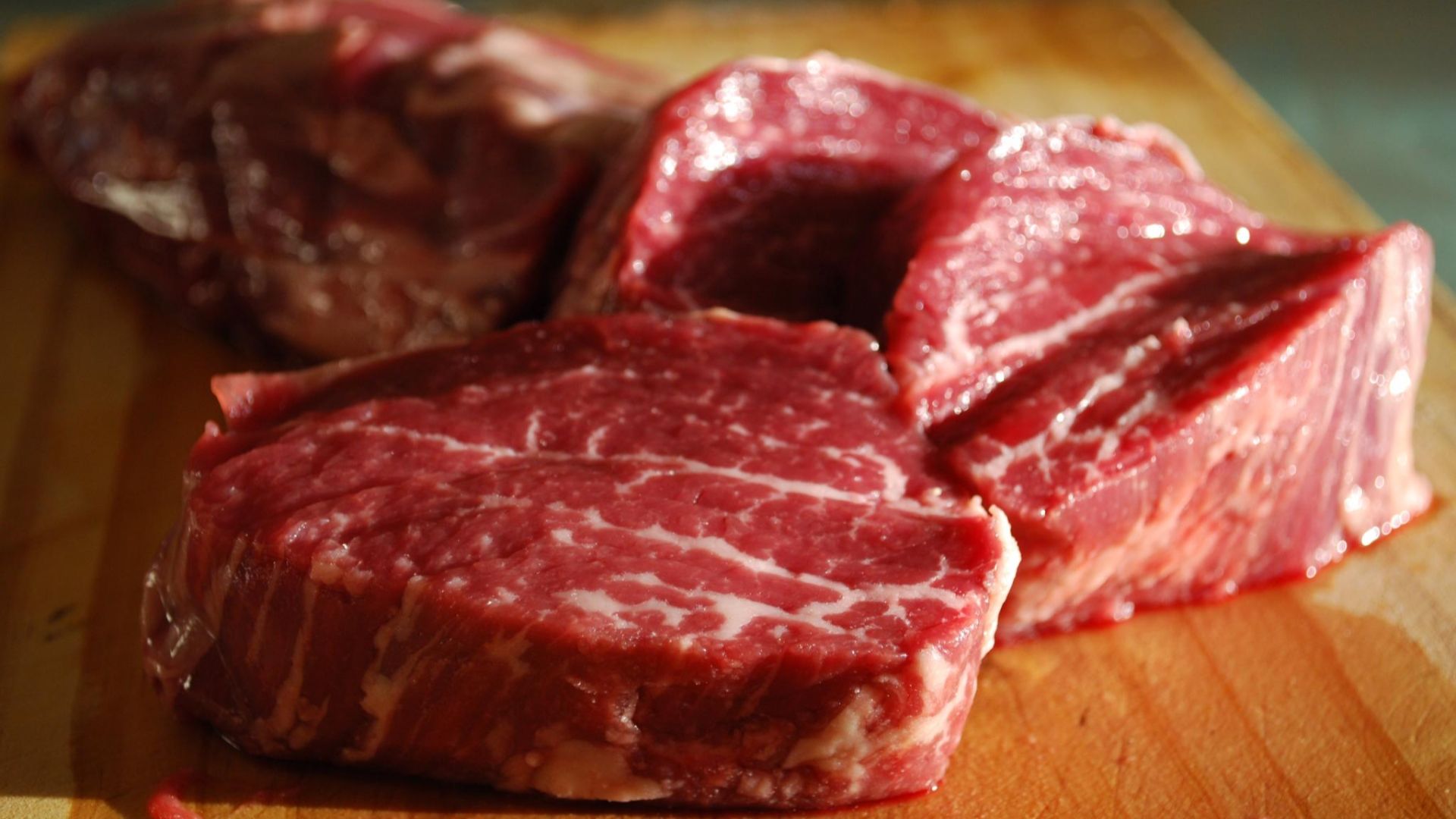 Alpha from Melbourne, Australia, Wikimedia Commons
Alpha from Melbourne, Australia, Wikimedia Commons
Gluten-Free Bread
Gluten-free bread can cost nearly twice as much as its wheat-based counterpart, despite using inexpensive ingredients like rice or potato flour. The premium exists because manufacturers serve a diet-specific market with fewer choices. Limited competition and specialized labeling contribute to consistent markup in both frozen and fresh aisles.
Energy Drinks
Most energy drinks contain inexpensive ingredients like caffeine, sugar, and B-vitamins, yet retail prices are often around $3 per can, according to Teacher Power. What consumers really pay for is the extreme lifestyle marketing and eye-catching packaging. These emotional triggers allow retailers to mark up products that cost mere cents to manufacture.
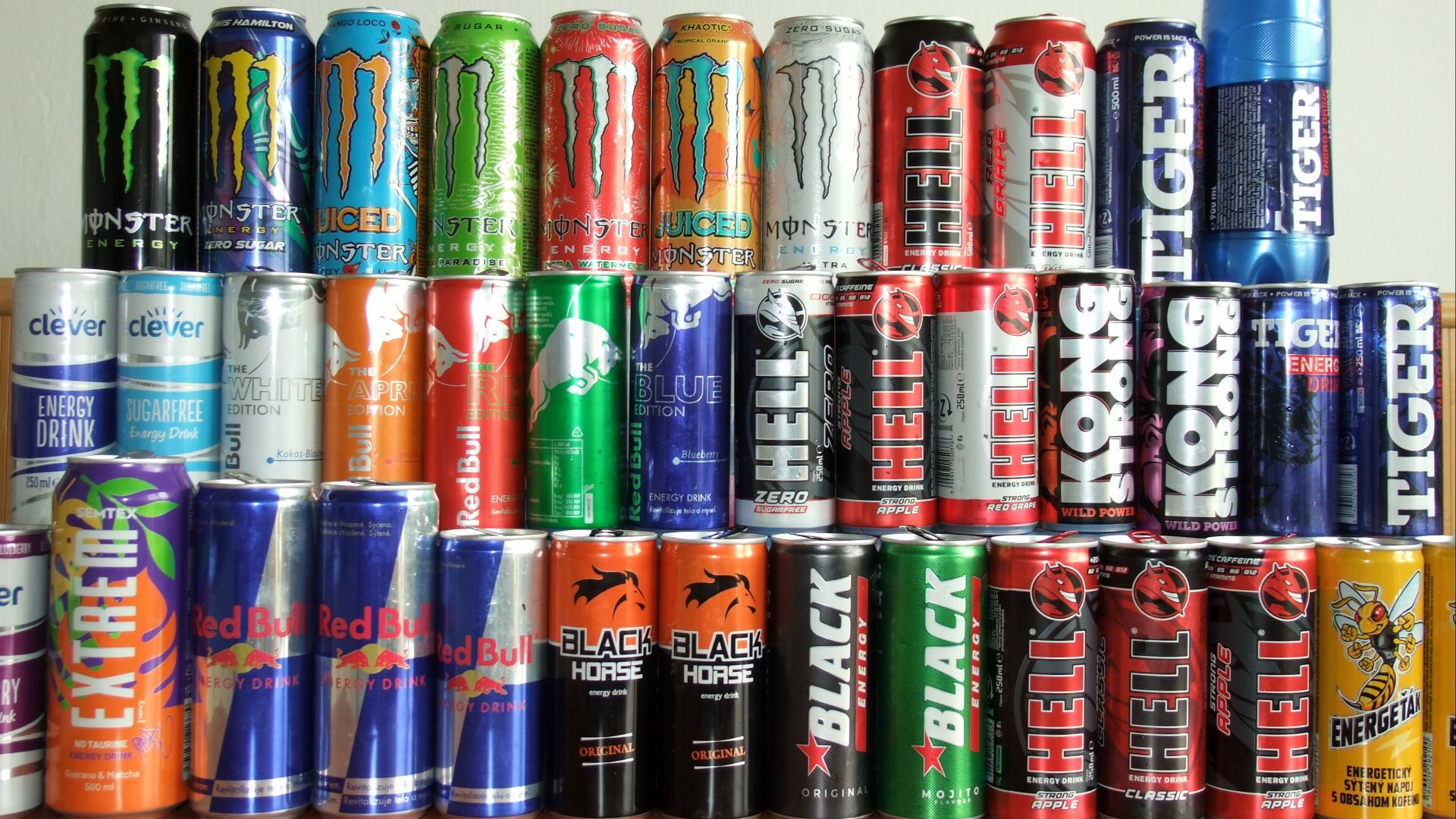 Oto Zapletal, Wikimedia Commons
Oto Zapletal, Wikimedia Commons
Single-Serve Snack Packs
Mini packs of pretzels, crackers, or dried fruit are marketed as portion-controlled and portable, appealing to busy consumers. The convenience of individually wrapped snacks leads to price-per-ounce rates that far exceed bulk alternatives. Stores profit significantly from the illusion of moderation and the consumer’s desire for grab-and-go ease.
Imported Cheese
Sold in compact wedges and wrapped in gourmet branding, cheeses like Brie and Manchego command high prices. Import tariffs and long-distance shipping contribute to costs, but it’s their upscale reputation that drives margins. Retailers use this artisanal image to justify markups well beyond their logistical expenses.
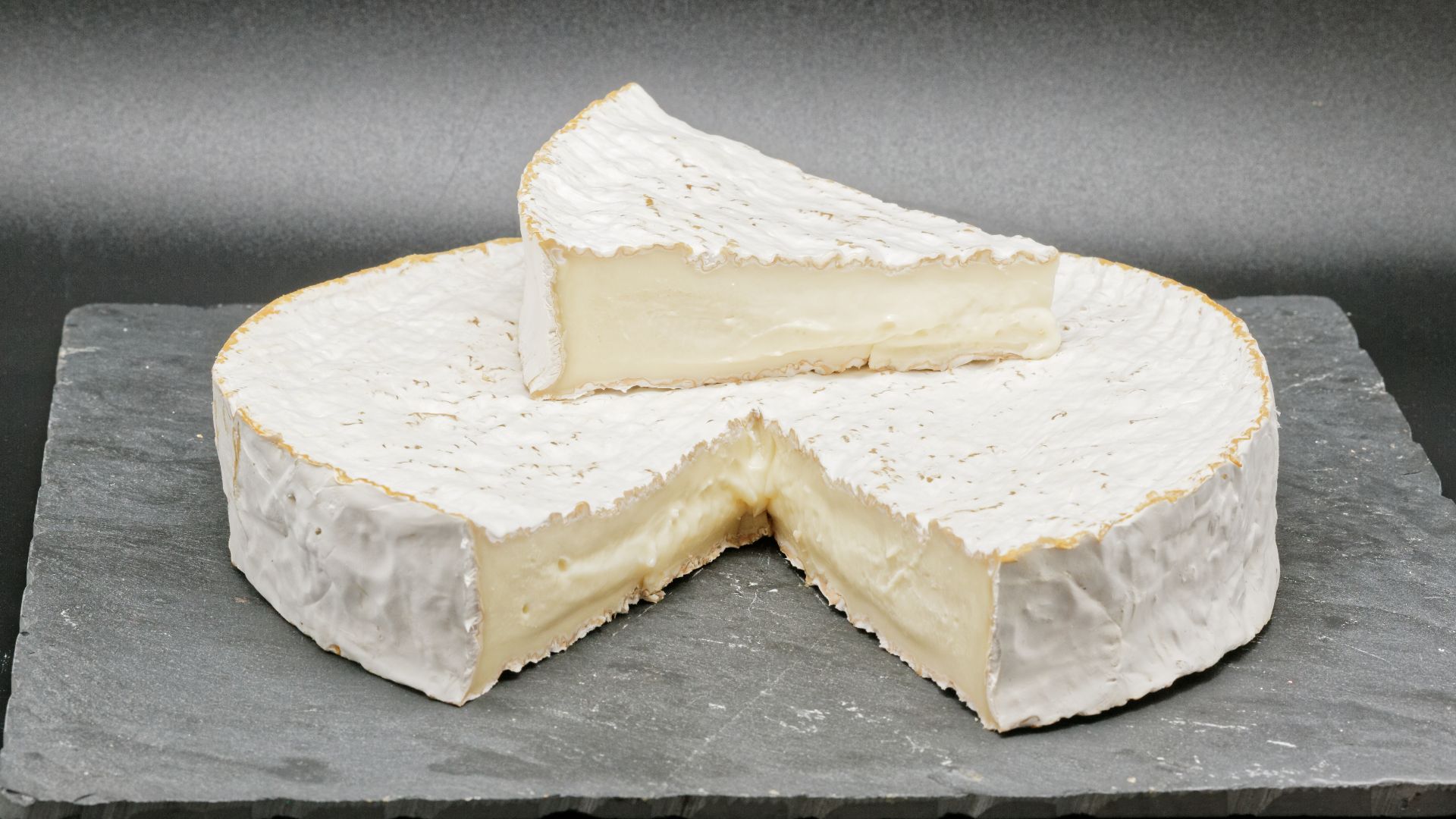 Thesupermat, Wikimedia Commons
Thesupermat, Wikimedia Commons
Frozen Smoothies
These colorful frozen blends of fruit, greens, and sometimes protein powders are priced like luxury snacks. While the ingredients are basic and inexpensive when bought separately, their appeal lies in portioning and wellness marketing. Many consumers pay a steep premium to avoid measuring and prepping smoothies from scratch.
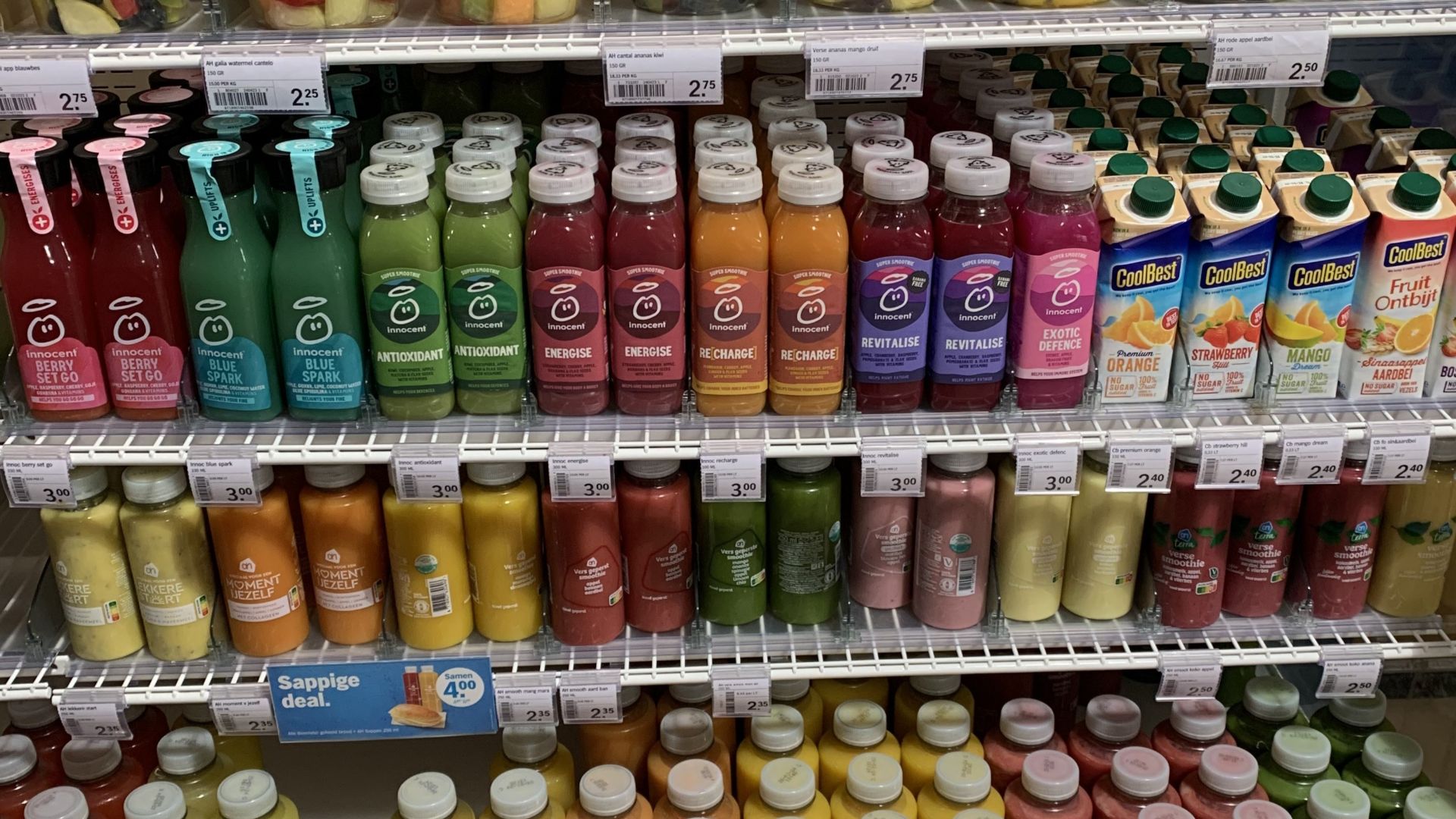 Miriamhealy, Wikimedia Commons
Miriamhealy, Wikimedia Commons
Coconut Oil
Often promoted as a superfood, coconut oil has surged in popularity and in price. Despite relatively low production costs in countries like the Philippines and Indonesia, retail prices remain high. This disconnect is driven by consumer willingness to pay more for perceived purity and health benefits.
Almond Flour
Almond flour carries a significant markup due to both its source and its market demand. Made from blanched, finely ground almonds, it’s labor-intensive and requires large volumes of nuts. With almonds already being a high-value crop, their transformation into a specialty flour makes it a premium-priced staple in health-conscious households.
Microwavable Rice Packs
Although plain white rice is one of the cheapest food items per serving, a single portion of microwavable packs can cost up to $2 at Walmart and similar stores. What drives the markup is packaging and the promise of time-saving convenience. These factors allow retailers to reframe a low-cost pantry item as a high-convenience product.
Rotisserie Chicken
Usually priced low at warehouse clubs like Costco, rotisserie chicken is sometimes sold at a loss to attract shoppers. However, at many supermarkets and convenience grocers, they carry a notable markup. Added seasoning and placement in the hot-food section help justify pricing well above the cost of raw poultry.
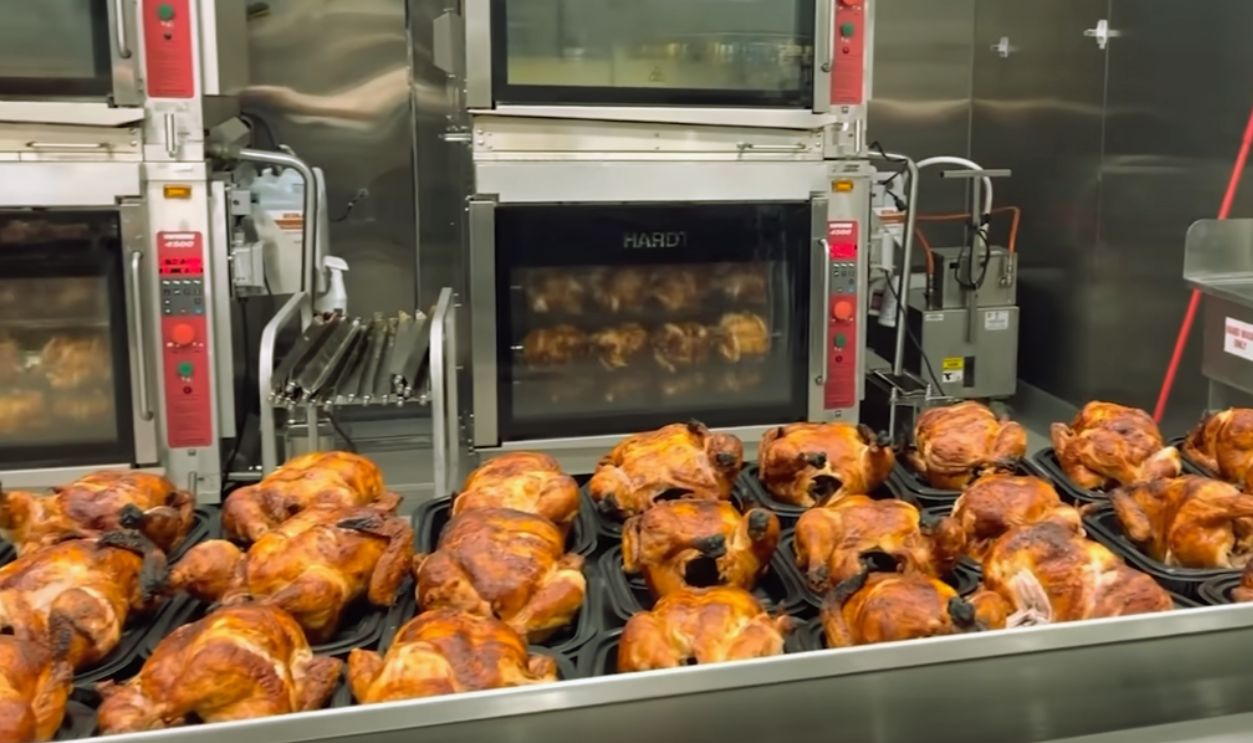 How Are Rotisserie Chickens So Cheap? by Weird History Food
How Are Rotisserie Chickens So Cheap? by Weird History Food
Plant-Based Meat Alternatives
Built from soy or fungal proteins, meat substitutes like Beyond Meat and Impossible Foods use inexpensive ingredients. Yet they’re often priced on par with or higher than beef. The premium comes from their positioning, driven by sustainability messaging and a growing appetite for environmentally responsible alternatives.
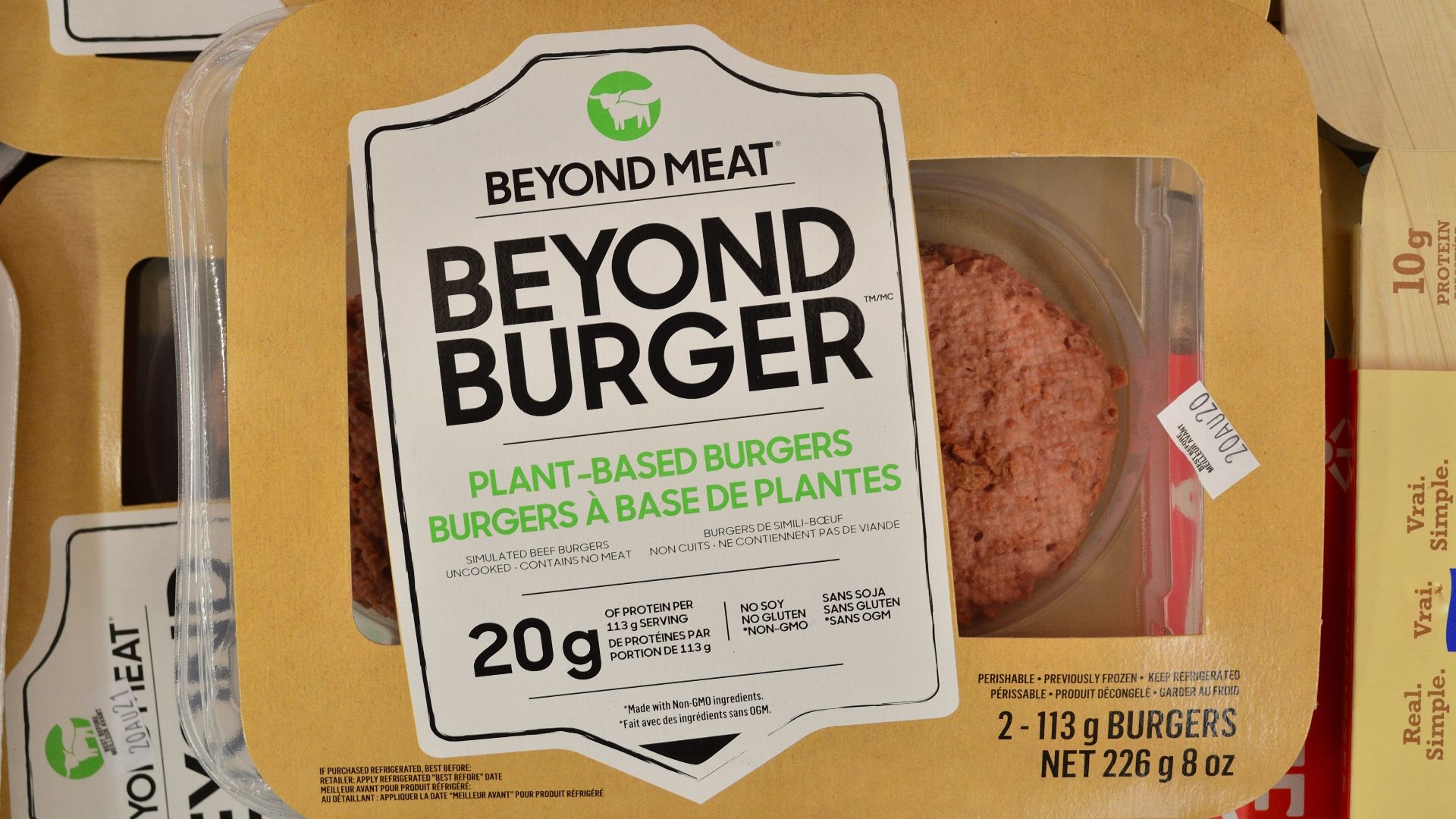 Raysonho @ Open Grid Scheduler / Scalable Grid Engine, Wikimedia Commons
Raysonho @ Open Grid Scheduler / Scalable Grid Engine, Wikimedia Commons
Cold-Pressed Juices
Many pay too much for cold-pressed juices due to short shelf life and low-yield extraction methods. While the process preserves nutrients, it also limits scale. Combine that with health-focused branding, and retailers use freshness as justification for one of the steepest beverage markups in grocery stores.
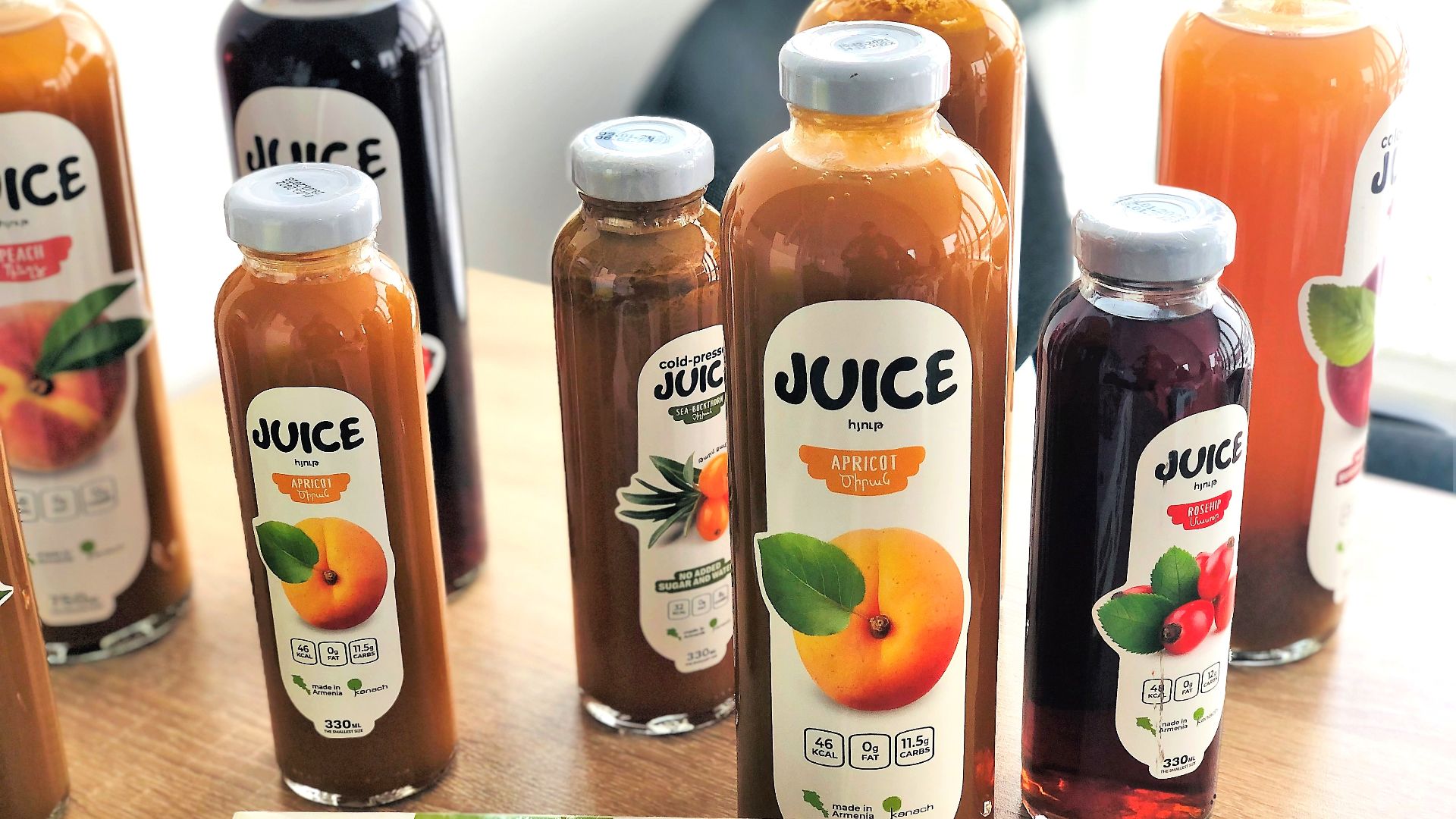 Narek Avetisyan /Narek75/, Wikimedia Commons
Narek Avetisyan /Narek75/, Wikimedia Commons
Cereal
Name-brand breakfast cereals often cost more per box, even though their core ingredients—corn, wheat, or oats—are extremely cheap. The true cost driver is branding and advertising. Companies spend heavily to capture consumer loyalty, and those marketing costs are passed along to shoppers at the register.
Smoked Salmon
Often found in sleek, vacuum-sealed packs, smoked salmon sometimes costs more than $75 per pound according to Lummi Island Wild. Its appeal lies in both its perishability and association with upscale dining. Paired with refrigeration demands and its status as a luxury brunch item, retailers price it well above raw or frozen seafood alternatives.
Canned Soup
Canned soup is mass-produced with long shelf life and low-cost ingredients, yet name-brand varieties are often priced at $2 per can at Walmart. Packaging and perceived comfort drive up the cost. The markup is particularly stark when compared to the cost of homemade soup using the same components.
Pre-Cut Fruit
A container of sliced pineapple or melon can cost three to four times more than buying the whole fruit. The price reflects labor, packaging, and refrigeration, not the fruit itself. Retailers bank on time-starved shoppers who value convenience over cost and turn everyday produce into high-margin grab-and-go offerings.
Bagged Salad Mixes
They often contain simple greens like romaine, spinach, or iceberg, yet bagged salad mixes can retail for around $4 per bag at Walmart. Pre-washing and gas-flushing to extend shelf life all factor into the cost. However, the markup remains steep compared to buying bulk greens and preparing them at home.
Vanilla Extract
Pure vanilla extract is often overpriced due to fluctuating supply and intense global demand. Madagascar, which produces 80% of the world’s vanilla, faces climate disruptions and crop thefts, which push prices up. Meanwhile, consumers seeking "all-natural" flavoring continue paying premium rates, despite the availability of synthetic alternatives.
Protein Bars
Marketed as performance-enhancing and diet-friendly, protein bars are priced well above their actual ingredient value. Despite relying on affordable staples like oats and protein isolates, many carry a rather high price tag. The real driver is strategic labeling—“plant-based,” “low-carb,” and similar claims that justify a functional food price point.
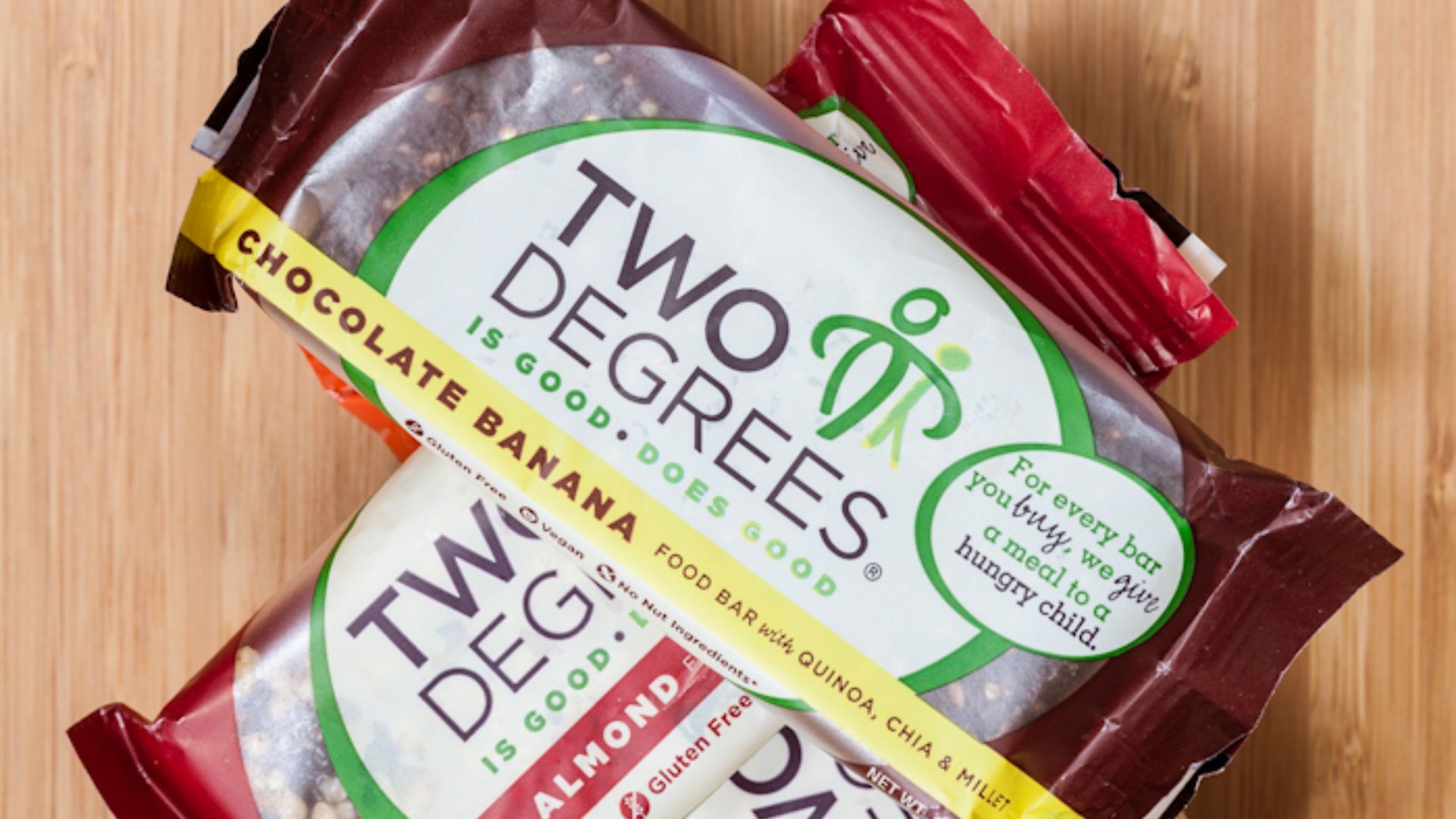 MrDeniseRichards, Wikimedia Commons
MrDeniseRichards, Wikimedia Commons
Bottled Water
As per Market Research, bottled water is marked up as much as 4,000%. The liquid inside is often just filtered municipal tap water, which costs fractions of a cent to produce. Yet, packaging and brand perception transform it into a multi-billion-dollar industry with staggering per-unit profit margins.
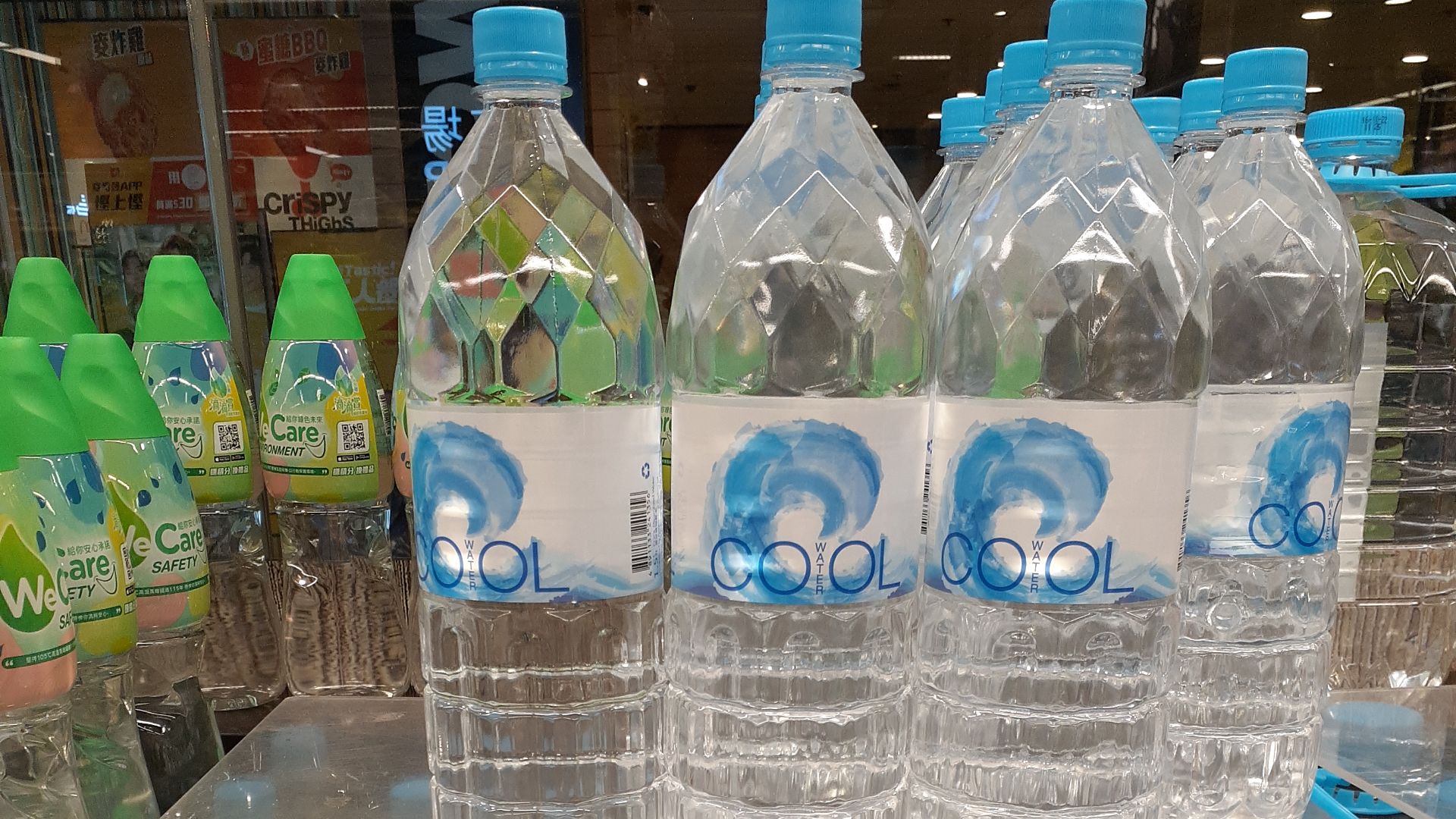 NAS RoaASVIA JOOO, Wikimedia Commons
NAS RoaASVIA JOOO, Wikimedia Commons
Peanut Butter
Just adding “natural” or “organic” to peanut butter’s label can double the price, even though peanuts remain inexpensive. The increase stems from perceived health value and specialty processing, like oil separation or glass packaging. These elements let stores justify a markup on an already staple household item.
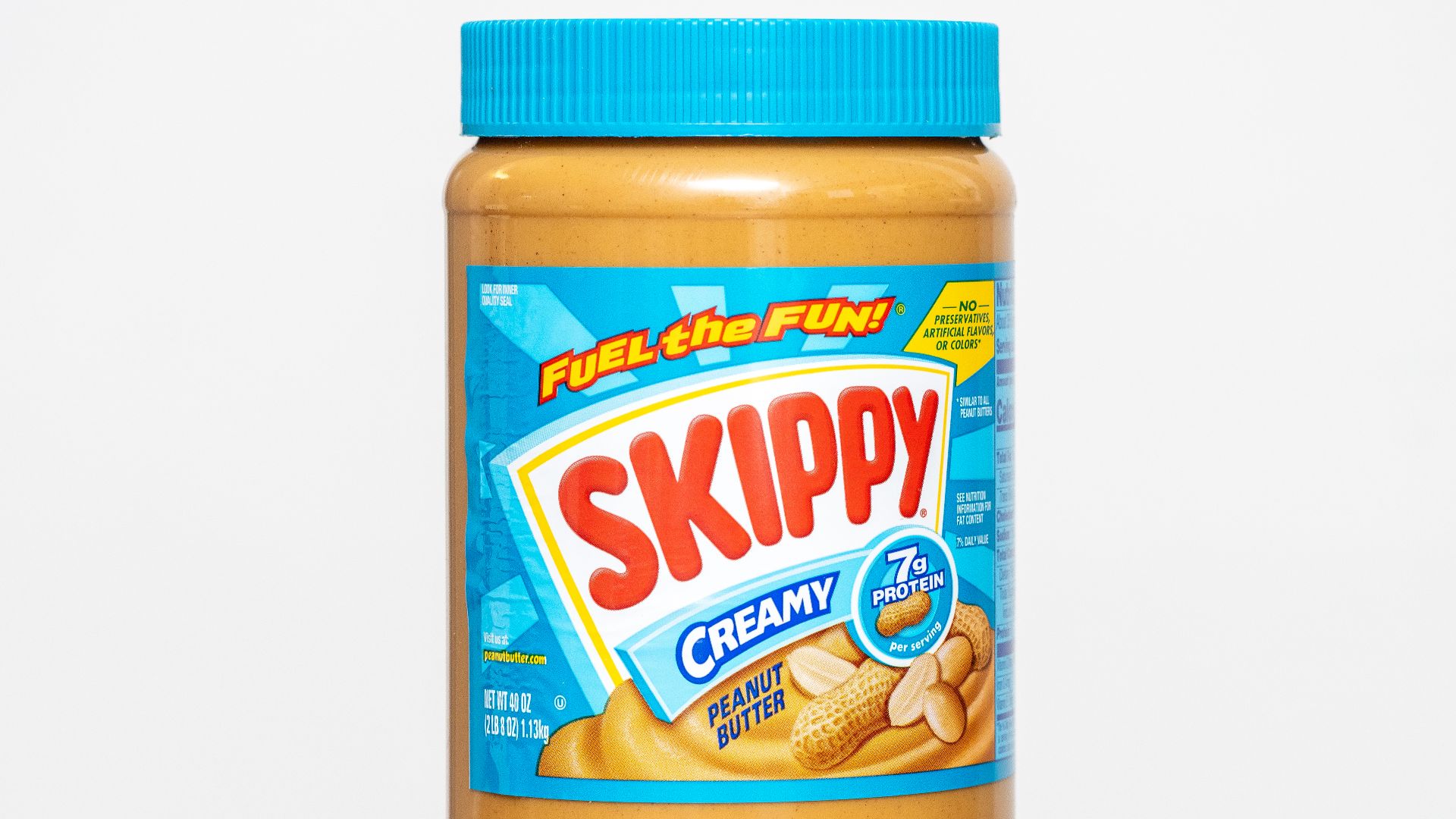 ajay_suresh, Wikimedia Commons
ajay_suresh, Wikimedia Commons
Pre-Mixed Seasoning Blends
Seasoning blends like taco mix or Italian spice packets are built on basic, low-cost ingredients such as garlic powder and paprika. When sold pre-mixed, their price per ounce can be five to ten times higher than the individual spices. Convenience and single-use packaging make them wildly profitable.
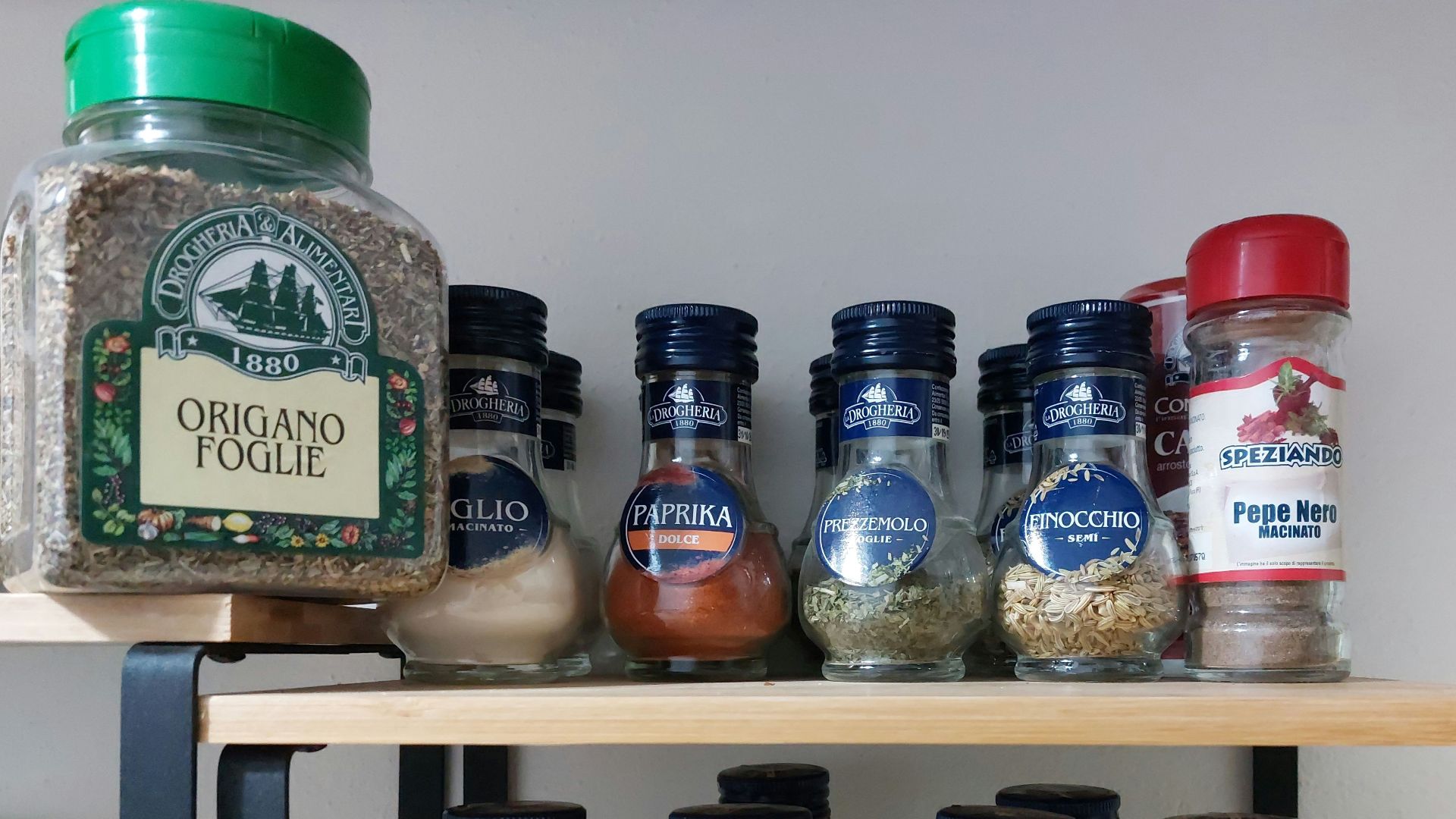 Anna.Massini, Wikimedia Commons
Anna.Massini, Wikimedia Commons
Organic Chicken
USDA-certified organic chicken is raised without antibiotics, fed organic grain, and given more time to grow—factors that increase production costs. Yet the price premium isn’t purely about farming practices. Retailers bank on consumer trust in the “organic” label, using health perceptions to justify higher prices for a familiar staple.
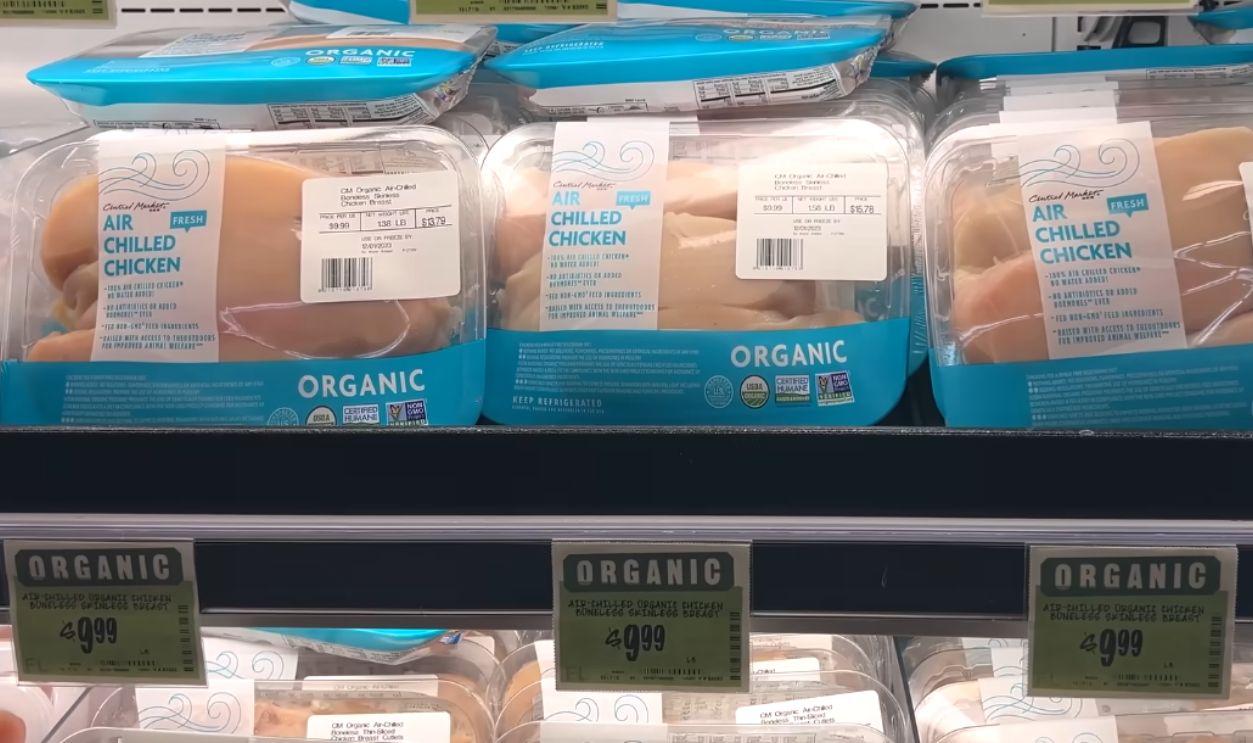 Is expensive Chicken actually worth it? by Ethan Chlebowski
Is expensive Chicken actually worth it? by Ethan Chlebowski
Shellfish
Items like scallops and shrimp require complex handling, with all the harvesting, rapid freezing, and sometimes de-veining or shelling—all of which raise costs. Import regulations and spoilage risk add layers of expense. Supermarkets price these products steeply, especially when pre-cooked or seasoned, and position them as indulgent, restaurant-style options for home cooks.


